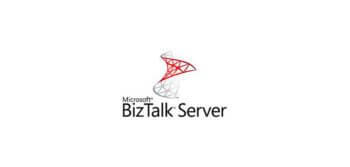What is system migration?
System migration is the process of transferring a system’s instructions and programs over to another platform or into an upgraded version. It can involve downtime for your old system. At the same time, it gets replaced with one that has more features than the current one, but this also means efficiency in future updates thanks to being able to find bugs before they happen by testing on newer software versions beforehand instead of just rolling out patches after-the-fact when problems arise during production runs without warning users about any potential issues ahead of time through alerts/notifications, etc.
What is a system migration project?
Migrating a system involves the physical aspects like turning off one machine and installing in another and involves time-consuming work.
During this process, you may need downtime while waiting for your old system’s programs to be updated or loaded onto new hardware so that they can continue running smoothly without any interruptions during operation – all at their own pace because speed matters!
Why Your System Migration Project Is a Black Box?
System migration projects are often a black box to both business leaders and end-users. It is multifaceted, but the most common reason is that there is no insight into how well the process runs. This lack of visibility means that project managers cannot adjust their approach if they notice potential issues with the performance of specific steps in their technique or find bottlenecks within any given action.





